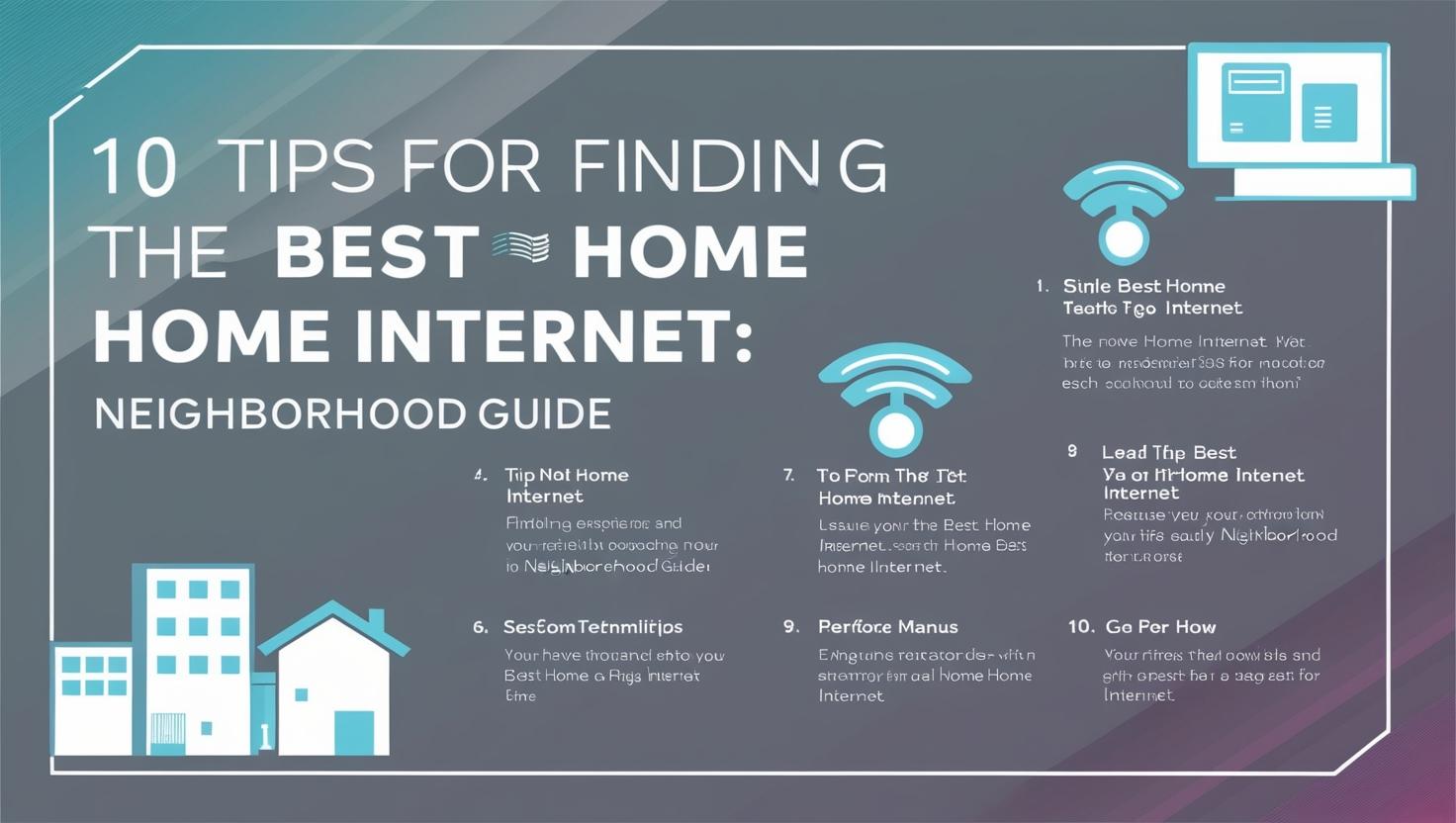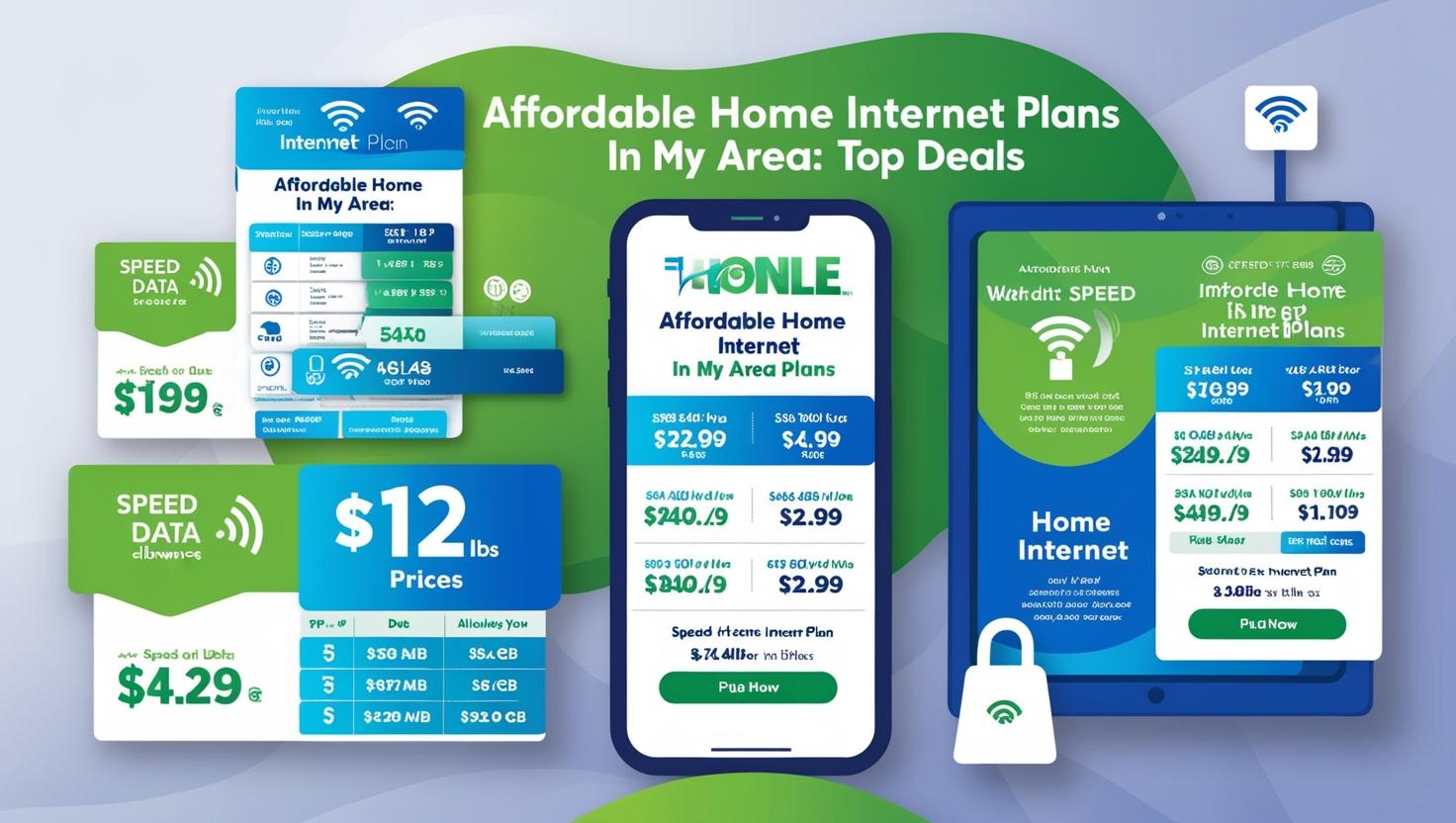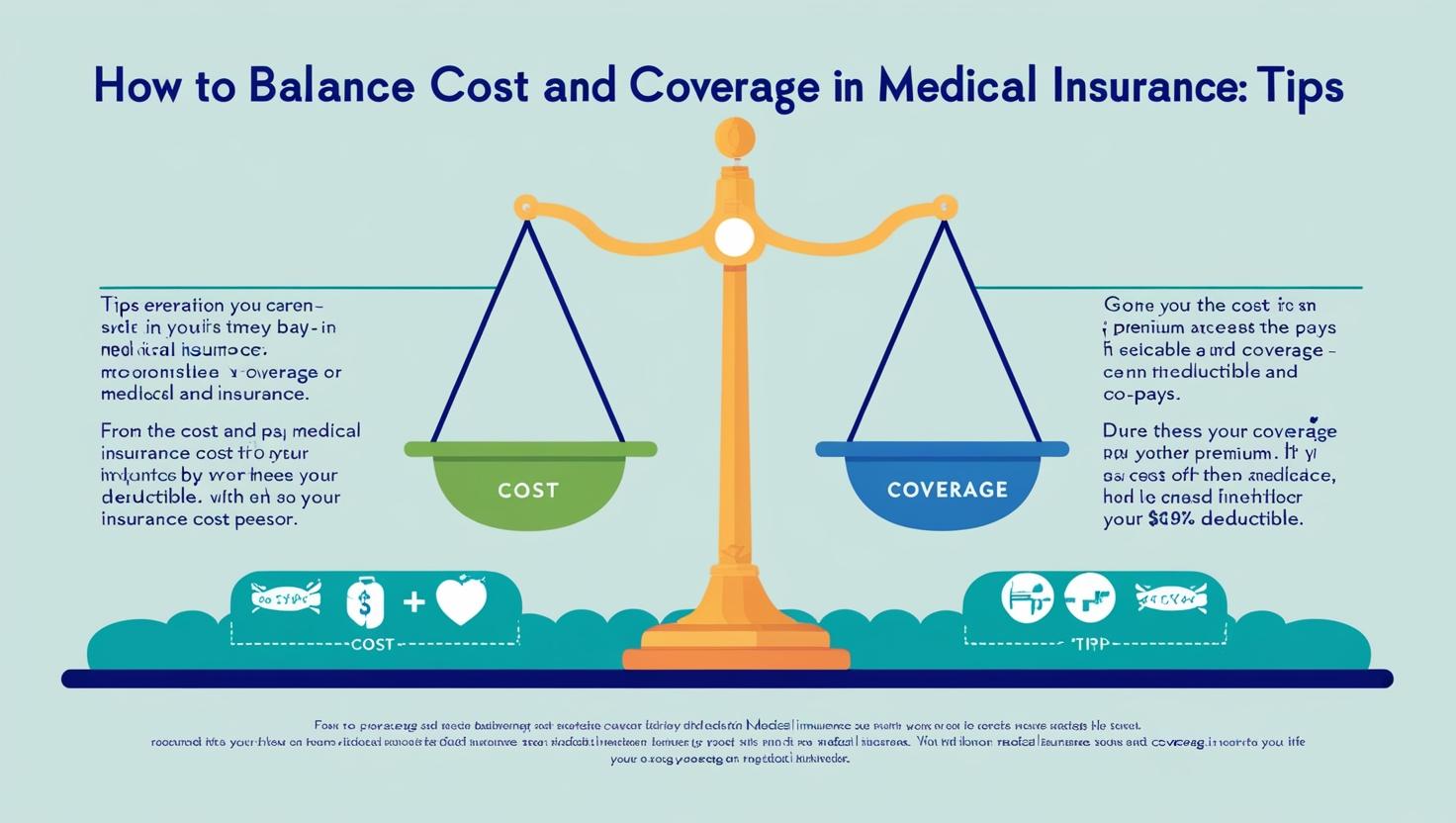Criteria to Examine in HDTVs

The paramount variables for most shoppers will probably be screen size and price tag. The widest array of options, from 30 inches to as much as 110 inches, is readily available in LED (light-emitting diode) LCD models. Rates have a tendency to begin at $250 for 32-inch sets (that are wonderful for the bedroom), but for bigger rooms the sweet spot is usually a 50- or 55-incher for less than $600.
Companies continue to shift to the Ultra HD, or 4K, format, with four instances the number of pixels of an HDTV. Prices start at about $750 for any 50-inch set up to $1,800 to get a 70-incher. Meanwhile, organic light-emitting diode (OLED) TVs (the majority of them 4K) offer you even richer photos – for much more dollars, needless to say.
Kinds
The initial selection you are going to require to create is what type of tv to buy. As lately as a couple of years ago, you could have needed to pick out among Plasma, LCD, LED, DLP and rear-projection TVs. Today, that decision is often a little a lot easier, mainly because pretty much all TVs sold are the identical sort: LED-lit LCD TVs, generally referred to as LED TVs.
LED
Though LCD and LED TVs are often billed as separate technologies, they each generate their image precisely the same way, having a Liquid Crystal Display.
A Liquid Crystal Show is usually a thin, translucent panel created of millions of tiny cells identified as pixels filled with liquid crystal. Every with the pixels can change in opacity when a charge is applied. Red, blue and green colored filters give each pixel the capability to also create colour. When light passes by means of the pixels from behind, you get the developing blocks of a visible image.
The principle difference amongst LCD TVs and LED TVs is that LCD TVs used fluorescent lamps to provide their backlighting, though LED TVs use, as you may have guessed, LED lamps. LEDs are a great deal smaller than fluorescent lamps, so the Television could be created a lot thinner. In addition they use a bit significantly less power, so LED TVs are a lot more energy effective.
But finest of all LEDs, can perform something that fluorescent backlights could not, a function known as neighborhood dimming. This really is the act of turning off a few of the backlights in the course of scenes with higher contrast (i.e. both incredibly dark locations and very vibrant spots in the identical scene) so the brights might be brighter along with the dark components might be darker. LCD TVs could not turn off any of their backlight, which gave them a reputation for blacks that were closer to grey, and an all round less-contrasty image. Nearby dimming provides LED TVs a more intense image with greater contrast and colour, major to a image that just appears superior.
After they debuted, LED TVs had been much more highly-priced than LCD TVs. Considering that then, the technology in LED TVs has come down in price tag for the point that there are actually no longer any advantages to utilizing fluorescent backlights, and now only LED TVs are nonetheless out there to purchase.
OLED
The other type of Television out there now is definitely the OLED Tv. OLED (Organic Light Emitting Diode) TVs are comparable to LED TVs, with one main distinction. Each individual pixel is capable to create light itself, furthermore to color and opacity. This suggests that companies can do away together with the backlights altogether, which add weight and thickness for the Television, so OLED TVs might be created just millimeters thick. Moreover, because brightness is usually controlled at the pixel level, OLED TVs have considerably much better brightness, contrast and color saturation than anything out there. To put it basically: OLED TVs make the best-looking, most vivid image of any television currently available. Even so, they are nevertheless considerably more pricey than LED TVs, which is their main drawback.
Size
I recommend a size of at least 32 inches to get a bedroom Television and at least 50 inches for any living room or major Tv — and 60 inches or larger is greatest. If you’re replacing an existing Tv set, those sizes may possibly seem too significant (tube televisions had a typical maximum size of 36 inches) but trust me, a big Television can be a wonderful thing.
In fact, much more than any other “feature” like 4K resolution, Smart Tv, or higher refresh rates, stepping up in Television screen size will be the finest use of your revenue. One with the most common post-TV-purchase complaints I’ve heard is from people who didn’t go huge enough.
The upper limit will likely be determined by your budget, taste, and by the space where you want to place the Tv. If you want to fit an existing entertainment center, make sure you may have at least an inch around the sides and top from the Tv cavity to allow for ventilation. Or just junk that old furniture and get a bigger Television.
Resolution
Resolution describes the sharpness in the Tv image, usually in terms of horizontal lines of pixels. A bargain HD set may support only 720p, which implies the set displays 720 lines scanned progressively (or in a single pass). Most HDTVs currently – and the ones you should consider – support the 1080p HD format, also called Full HD, which has 1,080 lines of resolution. Even in the smallest Tv sizes, we recommend avoiding 720p models.
Tv companies are rapidly shifting over from HDTVs to Ultra HD sets (also called 4K). These 4K models have 4 occasions the number of pixels as current HDTV screens. The biggest benefit of 4K TVs is the fact that small objects around the screen have far more detail, including sharper text. Overall, images appear richer and a lot more lifelike than on an HDTV, but the benefits might be subtle.
Ultra HD video appears good, if you can find it – you will find no 4K broadcast or cable channels, and there is only a handful of streaming options obtainable so far (most notably, a number of programs from Netflix, rentals from Amazon and specialty services such as UltraFlix; Dish Network and DirecTV are rolling out 4K download services). Though Ultra HD sets can upscale existing HD content, the results can be mixed and do not look as sharp as original 4K programming.
For now, 4K TVs (with 2,160 horizontal lines, or 3840 x 2160 pixels) are ideal if you want to sit closer to your Television: You can get twice as close as compared to an HDTV before you see the grid of pixels. But again, you will find extremely handful of movies and shows readily available inside the 4K format, so you will virtually exclusively be watching upscaled HD content for some time for you to come.
With those provisos, Ultra HD Tv models are supplanting conventional HDTVs. Vizio, for example, has only 1 HDTV line left in its new 2015 model lineup. And costs are coming down: Vizio’s 65-inch P-Series Ultra HD is just $1,800.
If you are trying to decide, just remember that full HD 1080p is nevertheless the most common screen resolution currently, but 4K is really a good idea if you want to futureproof your investment.
If you loved this information and you would like to get even more information regarding Best 40 Inch 3d TV kindly visit our site.





















